How To Use Feeler Gauge
Leveling a 3D printer is probably the hardest thing you accept to learn when you first become your hands on one, and it takes more than than a couple days to get the process right, at least information technology did for me.
However, this is when you level it using a piece of paper to feel how much friction there is between the nozzle and the bed to determine if the altitude is set right or non, but you could also opt to employ a feeler approximate to exercise this, and, at least in my opinion, information technology'south the better way of doing things.
In this article, I will become over how these two methods differ from each other, how to actually practise it using both methods, their pros and cons, and lastly, which one I think is best.
Then, without further ado, let's get started!
Leveling the Printer using Paper
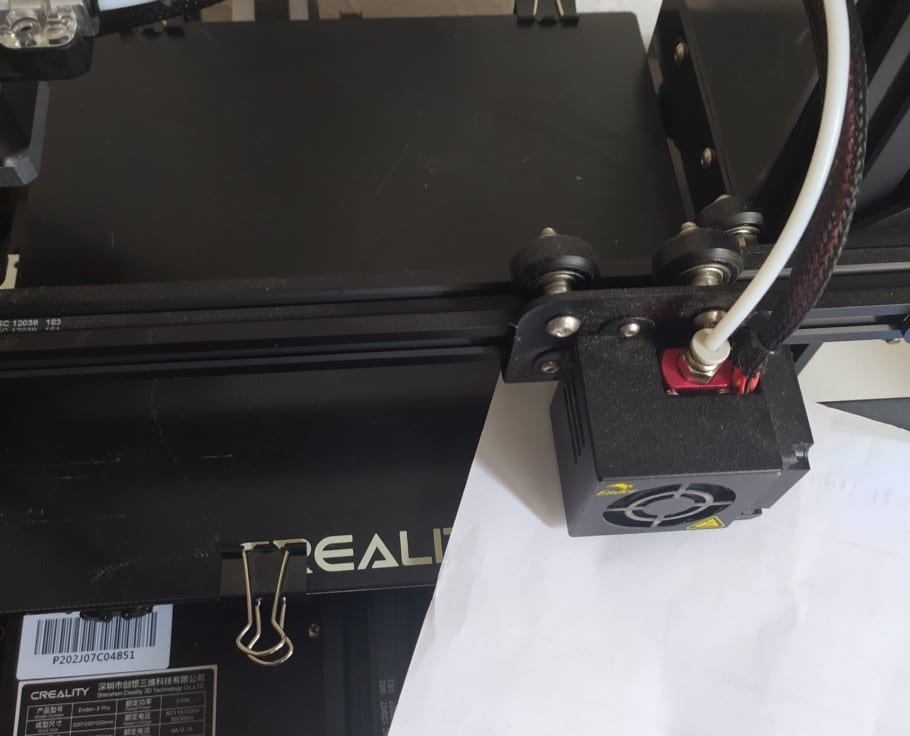
This is by far the most common method simply because it's gratuitous and because it also works really well. However, it takes fourth dimension to learn since you need to experience how much friction in that location is between the nozzle and the bed when moving the paper.
The result with using a piece of paper is that it'south non every bit consequent since you have to rely on your touch to gauge the corporeality of friction, and generally, you'll come across that the nozzle is either too shut or likewise far from the bed, especially when you are merely getting started with 3D printing, which means that you lot'll take to bargain with some failed prints.
Substantially, since it's non as consistent, you'll probably have to go through the leveling process more than once to get it correct and fine-tune it while the printer is printing the brim/brim to get a great outset layer.
Why is getting a good first layer so of import?
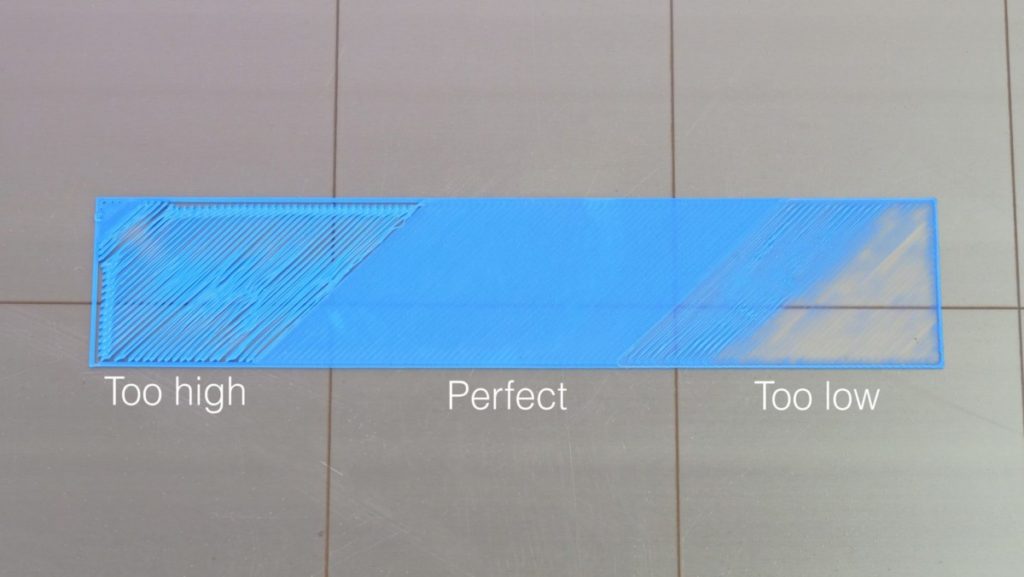
In 3D printing, the first layer is everything; Get information technology right and your model won't disassemble from the build plate, or warp, which means that it will come out beautiful and without having to deal with whatsoever hiccups along the manner.
On the other hand, not getting the first layer correct could upshot in poor bed adhesion, causing the print to suddenly disassemble mid impress forcing you to beginning all over.
Pros
- It's costless.
- Once you know how to exercise information technology, it's easy.
Cons
- Not as consistent.
- Takes a lot of time to get right.
Since information technology'south then important to level the bed correctly, hither's a quick guide on how to do it. However, if y'all desire a complete step-by-step guide on how to level the bed of a 3D printer, brand sure to check the article I wrote on that bailiwick.
How to Level the bed using a sheet of paper
- Preheat the printer to the temperature that the filament requires (bed and nozzle)
- Lower the bed by twisting the leveling knobs to the left.
- Home the printer.
- Disable the Stepper Motors.
- Motion the nozzle on top of one of the leveling screws (whatever of the iv corners).
- Place a piece of paper between the nozzle and the bed and tighten the screws while moving the paper dorsum and forth until yous tin can feel some friction (if you button the newspaper and it bends, you need to loosen the screws a bit).
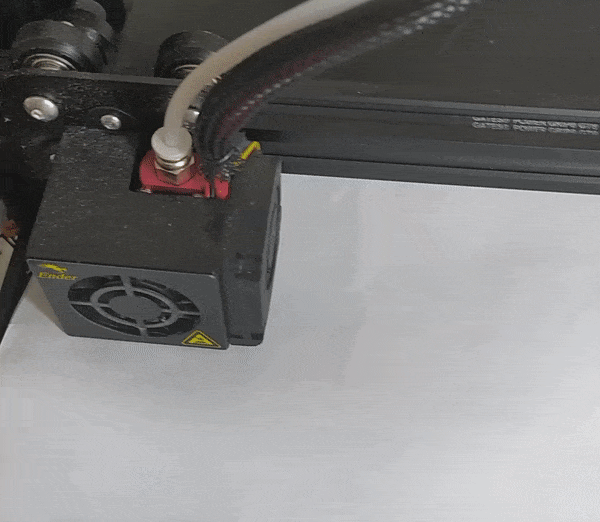
- Do this on all four corners and likewise in the eye of the bed until you lot tin can feel the same friction on all spots.
Leveling the Printer using a Feeler Gauge
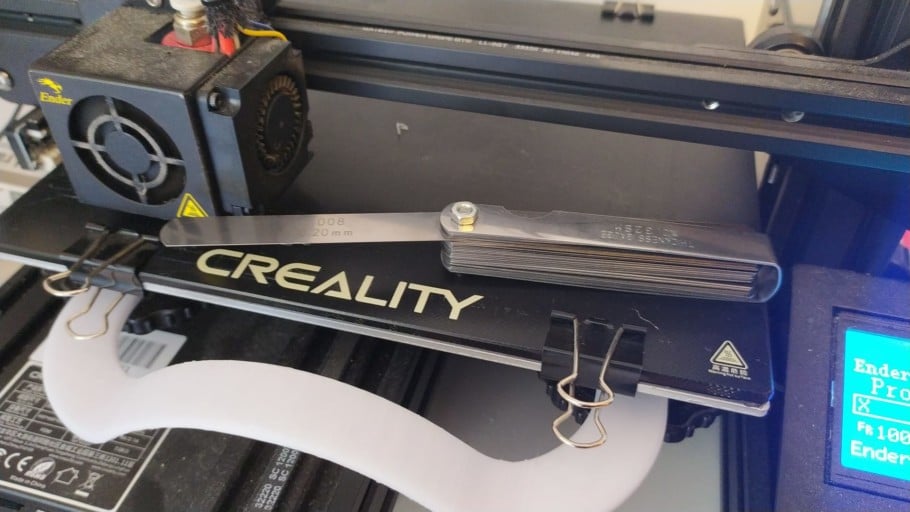
Many claim that leveling, or tramming, the bed on your 3D printer bed using a feeler estimate is the optimal way of doing things, and while I may concord in some means, it's not a night-and-day difference to the paper method.
Information technology consists in using a feeler approximate that has a specific width (meridian) to adjust the distance between the nozzle and the bed, and this way yous can ever prepare it to 0.2mm, for example, with no room for error.
It's also a much quicker way of doing it since you don't need to exist testing how much friction in that location is, if in that location'southward enough or too much of it, etc., and the results will be far more consistent.
The only con to using this method is that you need to purchase a set of feeler gauges which sell for about $10, but that's about it.
Pros
- More consistent bed level.
- Faster.
Cons
- Not gratis (near $ten).
How to level the bed using a Feeler Gauge
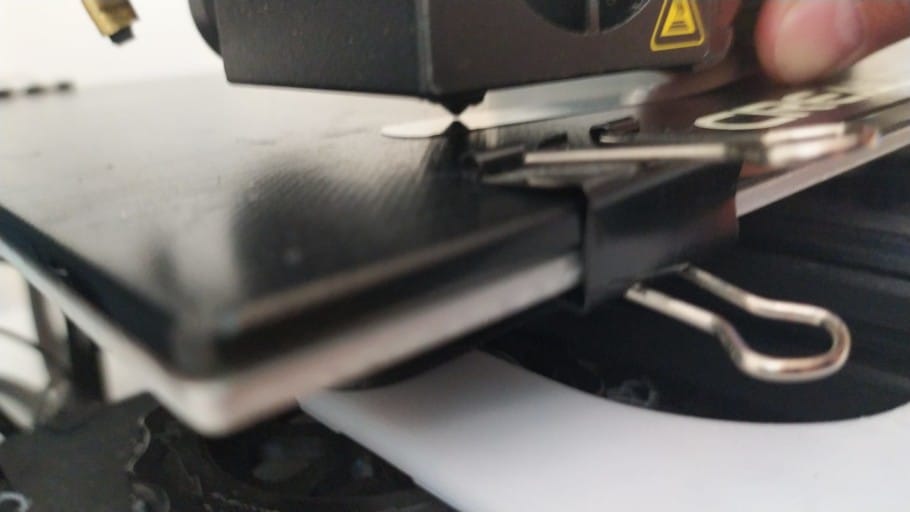
The process of leveling the bed using a feeler approximate is almost identical to the paper method, with one slight difference:
- Preheat the printer to the temperature that the filament requires (bed and nozzle)
- Lower the bed by twisting the leveling knobs to the left.
- Home the printer.
- Disable the Stepper Motors.
- Move the nozzle on summit of ane of the leveling screws (whatsoever of the 4 corners).
- Identify the feeler judge between the nozzle and the bed, motion it dorsum and forth while increasing the height of the bed until y'all experience that there'south no jerk room between the feeler estimate and the nozzle (information technology should fit nice and snug between the nozzle and the bed).
- Do this on all four corners and also in the middle of the bed.
What judge to use?
If I'm press my first layer at 0.2mm, then I employ the 0.2mm gauge, and the same goes for all the other first layer heights. If I want to print using a 0.32mm layer height and the start layer is also printed at that superlative, and so I use the 0.32mm gauge to level the bed.
Which 1 is better?
I tested both methods when printing PETG since that's a type of filament that has a much harder time sticking to the bed than PLA, which meant that I had to smash the leveling process to avoid problems.
Since I have a lot of practice using the paper method, because it'due south what I used for close to a year, I had no problem getting the impress to stick, but I realized that the beginning layer was a bit too close to the bed and was getting squished.
On the other hand, when using the 0.2mm feeler approximate, the showtime layer came out literally perfect on the first try, and if you lot want to set your starting time layer to 0.24mm, 0.16mm, or even 0.8mm, yous but utilise a dissimilar gauge and that's it, information technology's ready to go.
Substantially, using a feeler gauge could be considered to be the superior method since information technology's more than precise. However, I don't call up that everyone should run out to purchase a set of feeler gauges, even if they are really affordable, since information technology only takes some practice to get the showtime layer right using the paper method.
If you're press a model that requires accented precision on the first layer, like this collapsing sword that needs to keep the kickoff layers from fusing together in order to work, then using a feeler approximate to get that first layer perfect is something that I'd recommend.
Otherwise, practice leveling the bed using the paper method. Sure, it will accept and you will get frustrated at starting time, but afterward twenty or so times that you lot practice information technology, it becomes second nature.
A better alternative
To be honest, there's no need anymore to become for a manually leveled printer since there are so many affordable ones out there that come up with automated bed leveling already built-in, and if you already have a printer like the Ender iii, which doesn't come with a bed leveling sensor already built-in, then yous could certainly install one yourself for most $35.
Getting a printer with automatic bed leveling can make your life a whole of a lot easier and yous won't take to deal with prints detaching (in general), and other related bug.
I hope this information was useful!
Have a great twenty-four hours!
Check out our recommended products section

We created a recommended products section that will allow you to remove the guesswork and reduce the time spent researching what printer, filament, or upgrades to get, since we know that this can be a very daunting task and which generally leads to a lot of defoliation.
We accept selected just a handful of 3D printers that we consider to be good for beginners as well as intermediates, and fifty-fifty experts, making the decision easier, and the filaments, as well as the upgrades listed, were all tested by u.s. and carefully selected, so you know that whichever one you choose volition work equally intended.
How To Use Feeler Gauge,
Source: https://3dsolved.com/3d-printer-bed-leveling-feeler-gauge-vs-paper/
Posted by: alexanderdellittef1972.blogspot.com


0 Response to "How To Use Feeler Gauge"
Post a Comment